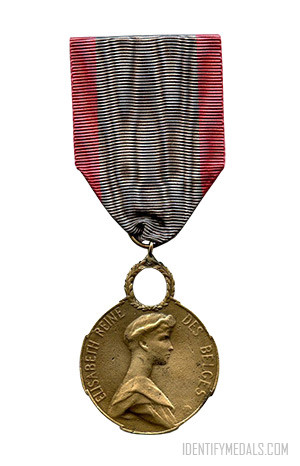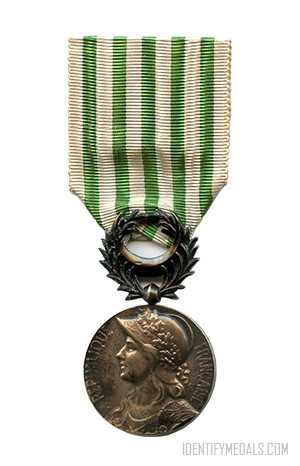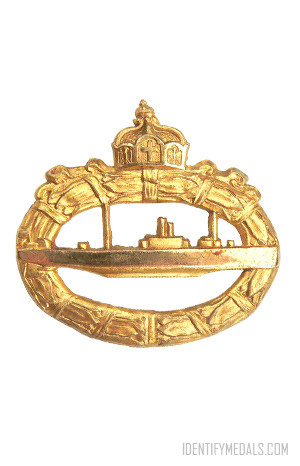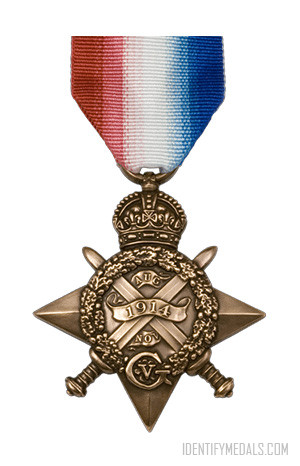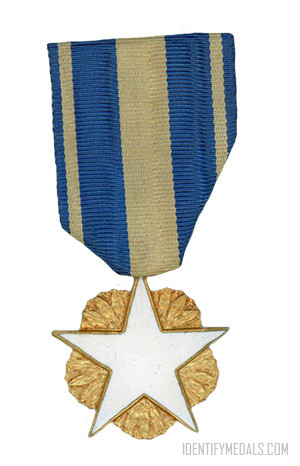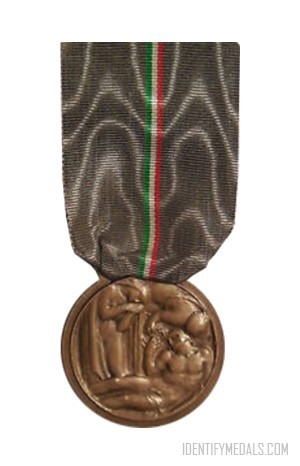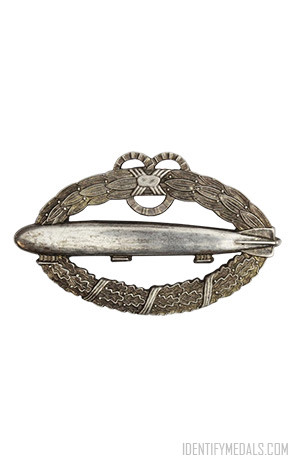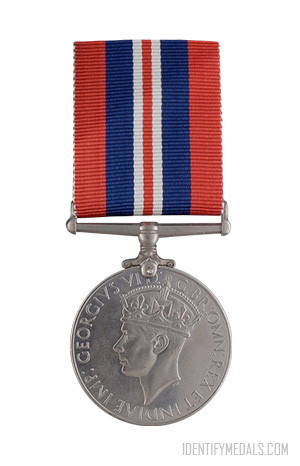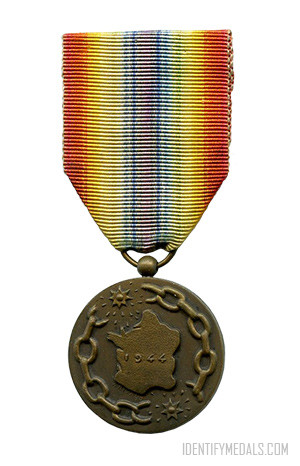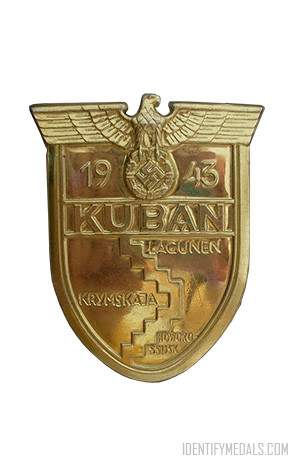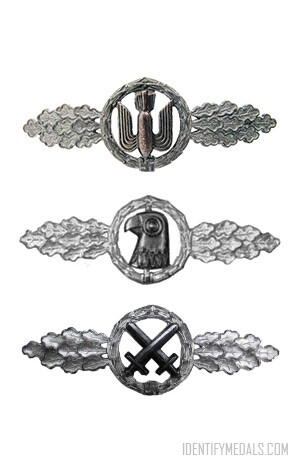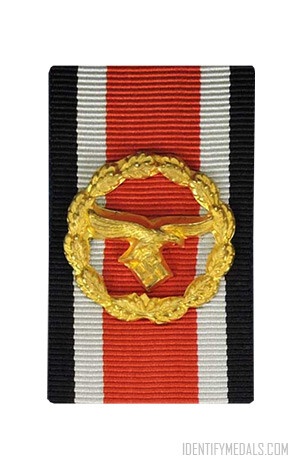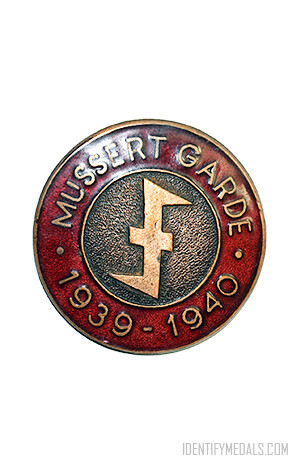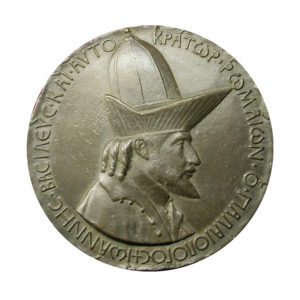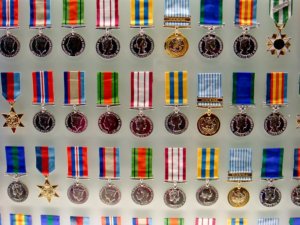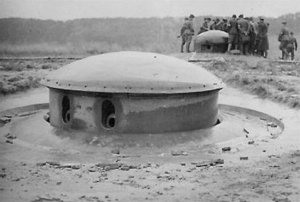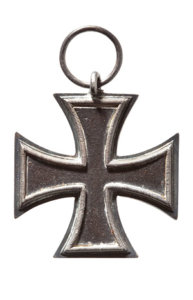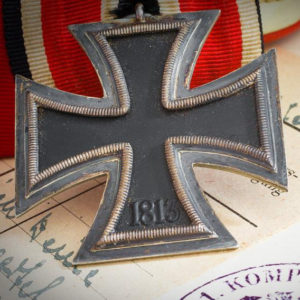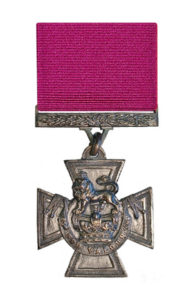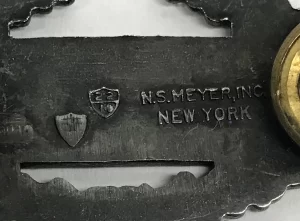- Time Period: The Great War
- Institution: 15 September 1915
- Country: Belgium
The Queen Elisabeth Medal (Médaille de la reine Élisabeth / Koningin Elisabeth Medaille) is a Belgian decoration created in October 1916 by royal decree to recognize exceptional services to Belgium in the relief of the suffering of its citizens during the First World War.
The medal was awarded to people, both Belgians and foreign nationals, who, like Queen Elisabeth herself, had worked and cared for the suffering victims of war for a year or more prior to 10 September 1919.
The award wasn’t limited to the medical care of the sick and wounded and included people working in hospitals (they received a variant with a red enameled cross within the suspension wreath). Many Belgian and foreign doctors and nurses received the medal too.
The Queen Elisabeth Medal Design
The medal measures 36 mm (1.4 in) in diameter and is circular and struck in bronze (although many recipients opted for silver or gilt silver variants). It has four sections inset by 1 mm (0.039 in) giving it the slight outline of a cross and a slightly raised edge on both sides.
The obverse bears the relief right profile bust of Queen Elisabeth with the circular relief inscription “ÉLISABETH REINE DES BELGES“ (“ELISABETH QUEEN OF THE BELGIANS”). The reverse bears the relief image of a nurse sitting and holding an oil lamp with the circular inscription in Latin “PRO PATRIA HONORE ET CARITATE“ (“FOR COUNTRY HONOUR AND CHARITY”). Below are the years “1914 – 1916”.
The ribbon was 38 mm (1.5 in) wide silk moiré with 6 mm (0.24 in) wide pink edge stripes. The medal was suspended by a ring through a suspension loop; a laurel wreath with a hollow center served as the base for it. Awards made for services to wounded or invalided soldiers incorporated a red enameled cross within the wreath.

